About aelf (ELF)
What is aelf (ELF)?
aelf (ELF) is an open-source blockchain network designed as a business solution. It employs a unique architecture consisting of one main chain and multiple side chains, which enables developers to deploy decentralized applications (DApps) on individual side chains. This structure allows for resource isolation, which increases efficiency and scalability. aelf uses advanced technologies like Parallel Processing and the AEDPoS (Adaptive Blockchain Delegated Proof of Stake) Consensus Mechanism to ensure optimal performance, security, and scalability. Through the use of the main chain’s indexing and verification mechanisms, aelf allows secure communication and interoperability between the main chain and side chains, facilitating smooth and efficient operations for decentralized applications.
How does aelf (ELF) work?
aelf operates on a multi-chain architecture, which consists of a main chain and multiple side chains. Here’s how the system works:
- Main Chain and Side Chains:
- The main chain acts as the backbone of the network, handling high-level operations like consensus validation and network security.
- The side chains are individual chains that operate independently, allowing developers to deploy DApps that are isolated from one another, ensuring that resource use on one chain doesn’t impact others. This allows aelf to scale more effectively.
- Parallel Processing:
- aelf utilizes parallel processing to improve transaction throughput and network efficiency. Multiple side chains can run in parallel, processing transactions and operations concurrently, which significantly increases the overall processing capacity of the network.
- AEDPoS Consensus Mechanism:
- The network employs AEDPoS, an evolution of the traditional Proof-of-Stake (PoS) system, which allows for greater scalability and security. Validators are selected to produce blocks based on their stake, ensuring that the network operates efficiently while maintaining a decentralized governance structure.
- Cross-Chain Communication and Interoperability:
- The main chain and side chains can securely communicate, enabling direct interoperability between side chains. This means that DApps deployed on different side chains can interact with each other in a seamless manner, offering enhanced flexibility and functionality.
- Governance Models:
- aelf supports different governance models to meet the needs of various decentralized applications. These include:
- Parliament Governance Model
- Association Governance Model
- Referendum Governance Model
- These models provide a flexible framework for decentralized decision-making and governance, enabling application-specific configurations.
- aelf supports different governance models to meet the needs of various decentralized applications. These include:
What are the potential use cases for aelf (ELF)?
aelf aims to support a wide range of industries by offering flexible and scalable blockchain solutions. Some potential use cases for aelf include:
- Enterprise Solutions (aelf Enterprise):
- aelf has launched aelf Enterprise, a modularized blockchain solution designed for business needs. It supports industries such as supply chain management, credit establishment, property protection, and user incentives, offering businesses the flexibility to create custom blockchain solutions for their specific requirements.
- Supply Chain Management:
- aelf can be used to create transparent, immutable supply chain solutions that track goods and verify authenticity at every step of the supply chain. This enhances trust and reduces fraud.
- Credit and Identity Systems:
- By using aelf’s blockchain to securely store and verify credit and identity information, businesses can develop decentralized financial systems, ensuring privacy and reducing the risk of fraud.
- User Incentive Programs:
- aelf’s platform can be used to create reward systems, loyalty programs, and incentive mechanisms that are automated and transparent, enabling businesses to engage their customers more effectively.
- Real Estate and Property Protection:
- aelf’s blockchain can help secure real estate transactions, register property rights, and simplify the verification of ownership, reducing administrative overhead and increasing trust in the real estate market.
- Cross-Chain DApps:
- With its ability to enable direct interoperability between side chains, aelf is an ideal platform for developing cross-chain decentralized applications (DApps), providing developers with an efficient way to create apps that interact with other blockchain ecosystems.
What is the history of aelf (ELF)?
aelf was launched with the vision to create a scalable and flexible blockchain solution that caters to business needs. The team behind aelf aimed to overcome the scalability issues faced by existing blockchain networks and provide businesses with an easy-to-deploy blockchain system that is capable of handling real-world use cases.
Key developments in the history of aelf include:
- Launch of aelf Network:
- The network was designed to address the scalability and resource isolation challenges that hinder many blockchain applications.
- Introduction of aelf Enterprise:
- aelf introduced aelf Enterprise to serve as an enterprise-level integrated blockchain solution. This product caters to the needs of businesses looking for scalable, customizable, and secure blockchain solutions.
- Governance Innovations:
- Over time, aelf developed multiple governance models to provide flexibility for DApps and blockchain projects. This includes the Parliament Governance Model, Association Governance Model, and Referendum Governance Model, each catering to different governance needs.
- Technological Advancements:
- aelf continued to improve its network infrastructure, adding features like parallel processing and cross-chain communication, which allows DApps to scale and operate more efficiently across different blockchains.
In summary, aelf represents a next-generation blockchain solution that leverages a unique main-chain and side-chain architecture to solve scalability issues and enable secure, efficient, and customizable decentralized applications. Its flexibility, powerful consensus mechanism, and robust governance models make it a strong contender for enterprise-level blockchain applications across industries.



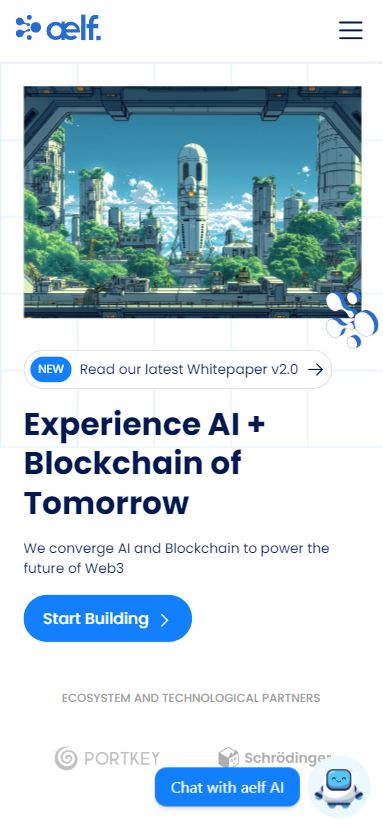
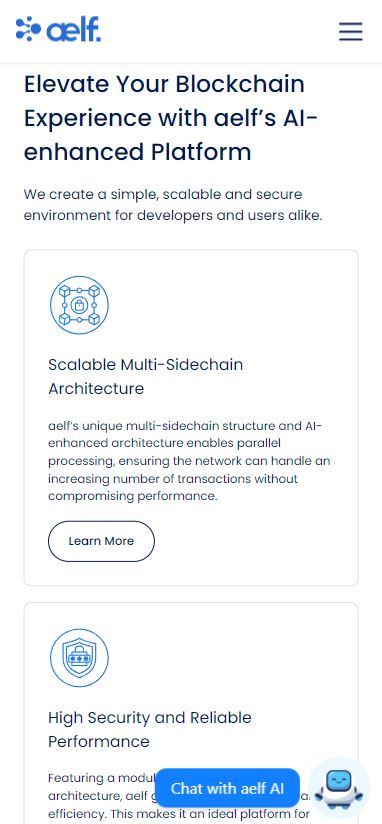
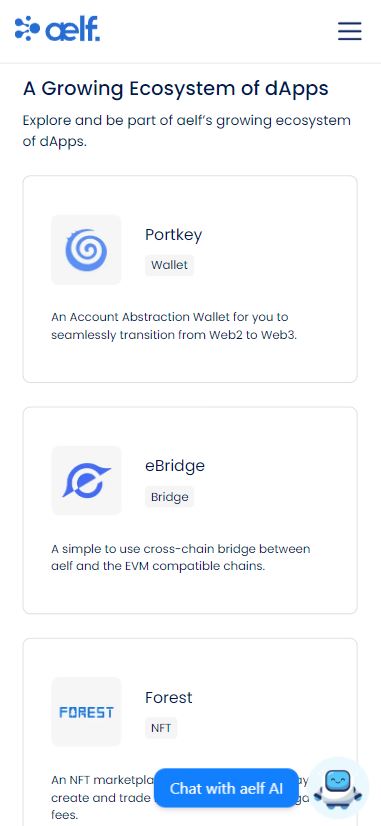
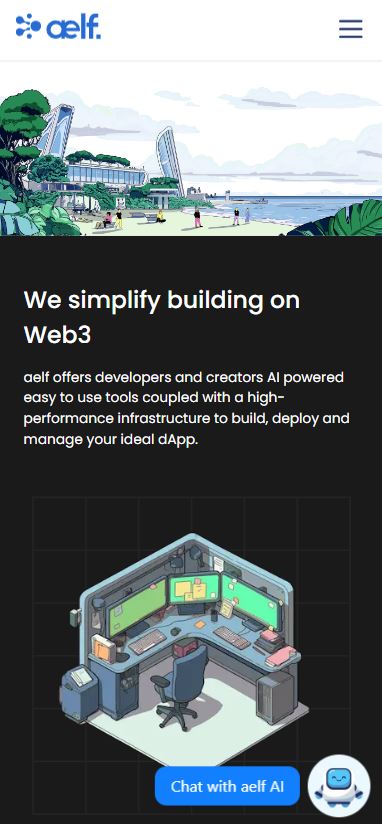
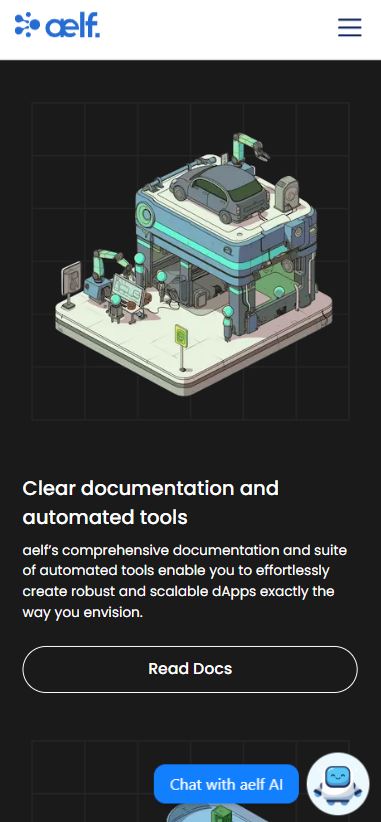









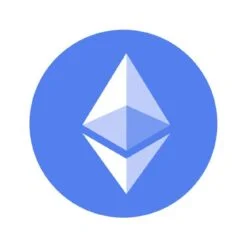





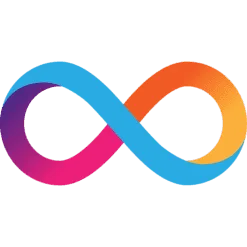
Anthonywax –
How to follow crypto news
Anthonywax –
Cardano news
Eyad –
good